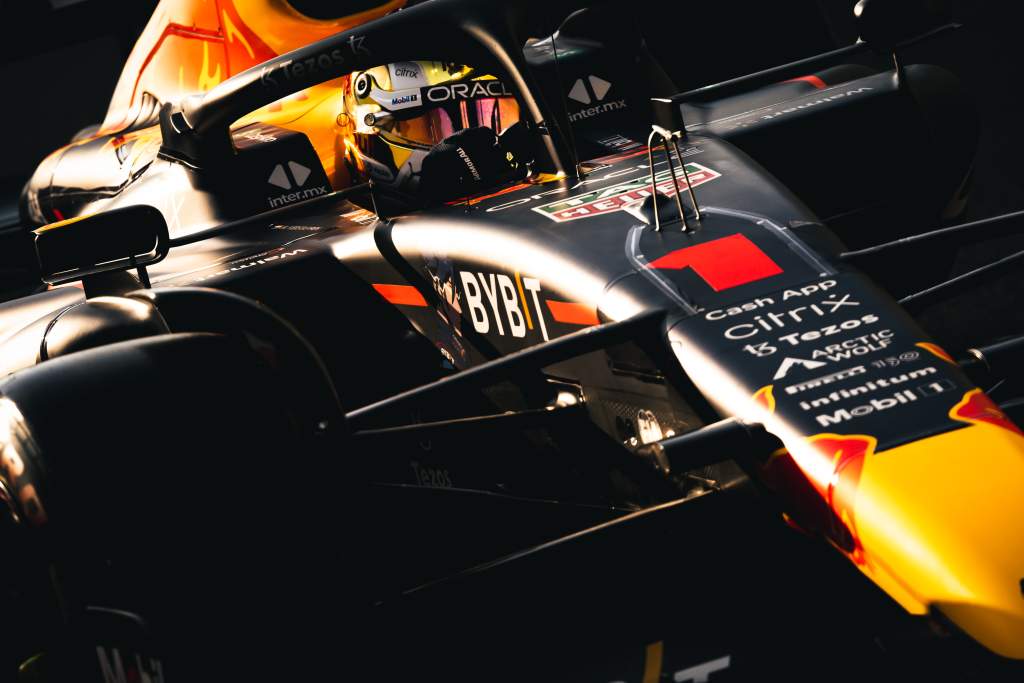Up Next

Winning 17 of the season’s 22 races makes the Red Bull RB18 one of the more dominant cars in Formula 1 history (ranking 12th out of the 73 seasons).
Red Bull’s response to the all-new regulations of 2022 was better than any other team’s, with a more encompassing understanding of ground effect aerodynamics.
Strong performance and reliability from the Honda RA621 and super-sharp operations from the team played an important part too.
But where the whole was greater than the sum of the parts was seen in the latter part of the season when the car had been developed to a place where Max Verstappen could deploy his extraordinary skills to full effect in a way that was reminiscent of Michael Schumacher at Ferrari.
Such dominance is rare but even among the few cars which have achieved it, the pattern of the RB18 performance was unusual.
The most dominant F1 cars in terms of wins in a season (with the RB18 added)
| Rank | Team | Year | Wins | Win % |
| =1 | Ferrari | 1952 | 7/7 | 100% |
| =1 | Alfa Romeo | 1950 | 6/6 | 100% |
| 3 | McLaren | 1988 | 14/15 | 93.75% |
| 4 | Mercedes | 2016 | 19/21 | 90.50% |
| 5 | Ferrari | 2004 | 16/18 | 88.90% |
| 12 | Red Bull | 2022 | 17/22 | 77.30% |
It wasn’t even the fastest-qualifying car of the 2022 season.
The RB18’s season, as only the second-fastest qualifier, but with an impressive 77.27% victory strike rate, is actually much more like that of the 1984 McLaren MP4/2 in which Niki Lauda and Alain Prost won 75% of the season’s races without being the fastest-qualifying car. But the reasons are quite different.
The honour of fastest qualifier in 2022 goes to the Ferrari F1-75. But the Ferrari, as the only comparably fast car, was unreliable and not always operated well strategically.
2022 qualifying supergrid (each team’s fastest car in dry qualifying only)
| 1 | Ferrari | 1m22.826s |
| 2 | Red Bull | 1m22.873s |
| 3 | Mercedes | 1m23.482s |
| 4 | McLaren | 1m23.888s |
| 5 | Alpine | 1m23.949s |
| 6 | Alfa Romeo | 1m24.145s |
| 7 | AlphaTauri | 1m24.249s |
| 8 | Haas | 1m24.474s |
| 9 | Aston Martin | 1m24.632s |
| 10 | Williams | 1m24.950s |
So Red Bull was winning races regardless in the season’s first half. In the latter part of the year, with further development – most significantly a major weight-saving programme – the Red Bull was genuinely faster and could dominate the Ferrari on performance alone.
Better still, the car’s behaviour allowed Verstappen to find performance from himself, the sort of mild oversteer-aided traits which had helped Charles Leclerc to be so devastating in the Ferrari.
The car’s concept provided the winning combination of downforce, straightline speed and consistency. The team’s development of it through the season made it the more focused tool with which Verstappen was able to dominate.
Enrico Balbo – who designed the double diffuser of the 2009 Williams – is chief of aero and feeds into the technical group under technical director Pierre Wache.
Adrian Newey acted as a consultant with an overview and designed the front and rear suspension. That relationship between aerodynamics and suspension assumed much increased importance this year, as Mercedes found to its cost.
The key to the whole ground effect equation was not how much peak downforce the underbody delivered at high speed but how much could be retained at the greater ride heights at lower speeds.
Having a rear suspension with enough travel to keep the aero platform stable throughout the speed range was crucial in this – and allowed it not to be so stiff that it induced bouncing.
Other cars without such travel, notably the Mercedes, had to be run so stiff to keep them from inducing porpoising that they suffered vertical bouncing instead.
Paul Monaghan, chief engineer, explains the careful trade-off that was being made between downforce and stability.
“We chose our compromises in the aero map and were able to deliver those with the bodywork itself to what we thought would be a better compromise,” he says.
“The aerodynamics of the car are very different to before through the ride-height range. Being a ground effect car by definition there’s an interest in running it low.
“If you want to run the car lower you have to change the stiffness of the car. So the suspension is operated very differently to that of 2021 and before.
“The way you go about the discipline of supporting the car and doing your heave and roll rates and the ratio between front and rear is driven by the differences in the aero of the car.
“There was a lot of work, not only in bodywork refinement, but in set-up as to how you run the car, how you choose the ride heights and the stiffnesses. It was all evolving quite quickly in the early races.
“We were trying to foresee bouncing issues; we had some guidelines on tolerable levels. But it was all a bit of a new adventure for us.
“And despite all of our phenomenal efforts and the simulation work going in, until you ran the thing, the realisation was then not necessarily where we expected.
“That was true for everybody.
“Our car looked a bit more stable but ultimately the currency is laptime. Are we picking a better trade? And I think our estimates pre-season served us well; we had a competitive car, we didn’t get ourselves into trouble with it.”
Red Bull avoided the traps which others did not. Rear suspension with enough range to keep out of aero trouble was one aspect of that. Underbody design and making the car less prone to porpoising in the first place was another.
The floor was very different to any other. Its tunnels were higher and more arched. The flat keel in between the tunnels did not share the teardrop shape of others. The variations in its width seemed to correlate with the changes in the volume of the tunnels, keeping the total volume more consistent.
A lot of thought had gone into harmonising the various underbody flows to make something which was flexible in its performance, stall-resistant and thereby consistent through its full aero map.
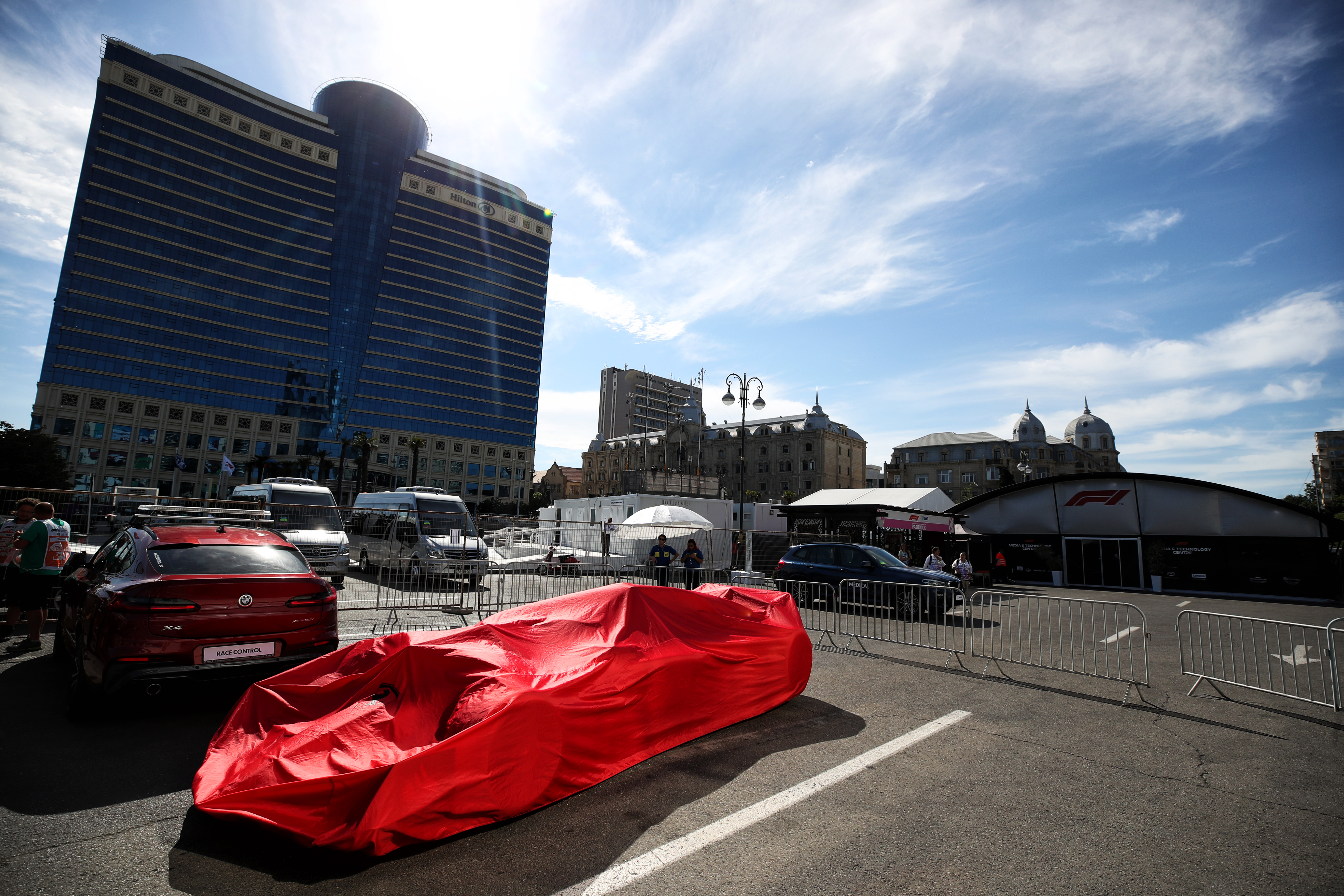
Although the Ferrari suffered considerable porpoising, that was partly because it was generating greater peak downforce. That and its initially super-responsive power unit ensured Red Bull was usually chasing it and winning when it either broke – Spain, Baku (above) – or when Ferrari called the strategy wrong (Monaco).
The Red Bull did have better end-of-straight speed though – and that was all Verstappen needed after a safety car allowed him to get close enough in Jeddah, a win that was taken against the Ferrari on merit.
Leclerc’s front-graining in Imola’s sprint race and the pass that allowed Verstappen to make were the platform of victory there on the Sunday.

The Red Bull worked its tyres better than the Ferrari in Miami too and Verstappen was brilliant in attack there. In Canada he fended off Sainz comfortably enough but wasn’t facing the challenge of Leclerc, who had taken power unit penalties.
By now the Ferrari was running in detuned form and was not quite the force it had been early-season. Verstappen had looked on his way to a comfortable victory at Silverstone before taking debris damage but got the set-up wrong in Austria where Leclerc was dominant.
In France, Verstappen was likely heading for victory anyway, even before Leclerc spun.
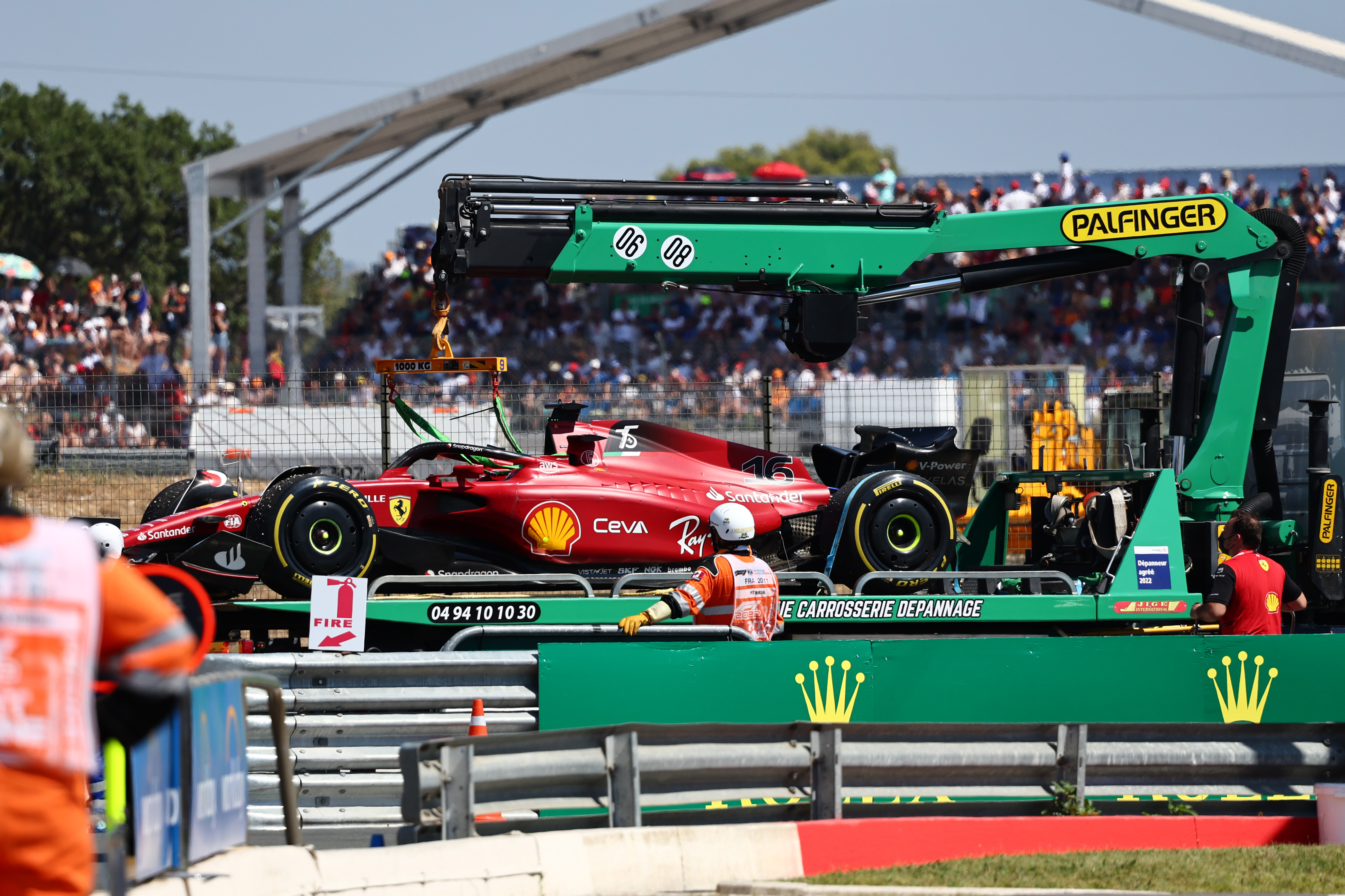
Paul Ricard was where the RB18’s new floor made its debut. This altered the front:rear aero distribution and in combination with a steady weight-reduction programme it was allowing the RB18 to become more responsive into slow corners – which is something that Verstappen had been pushing hard for.
A step change had been made in Canada with the weight – and it was from this point that Sergio Perez was no longer able to keep pace with Verstappen.
The way Verstappen likes to build up the lateral load early and use his exquisite feel on the brakes to control the car’s yaw on corner entry – getting it rotated early and so with little steering lock even before the apex is reached – requires a strong front end.
Too much weight on the front under combined braking and lateral force will overwhelm the tyres and cause them to lock. In other words, the way Verstappen prefers to drive was being penalised with the early-season car.
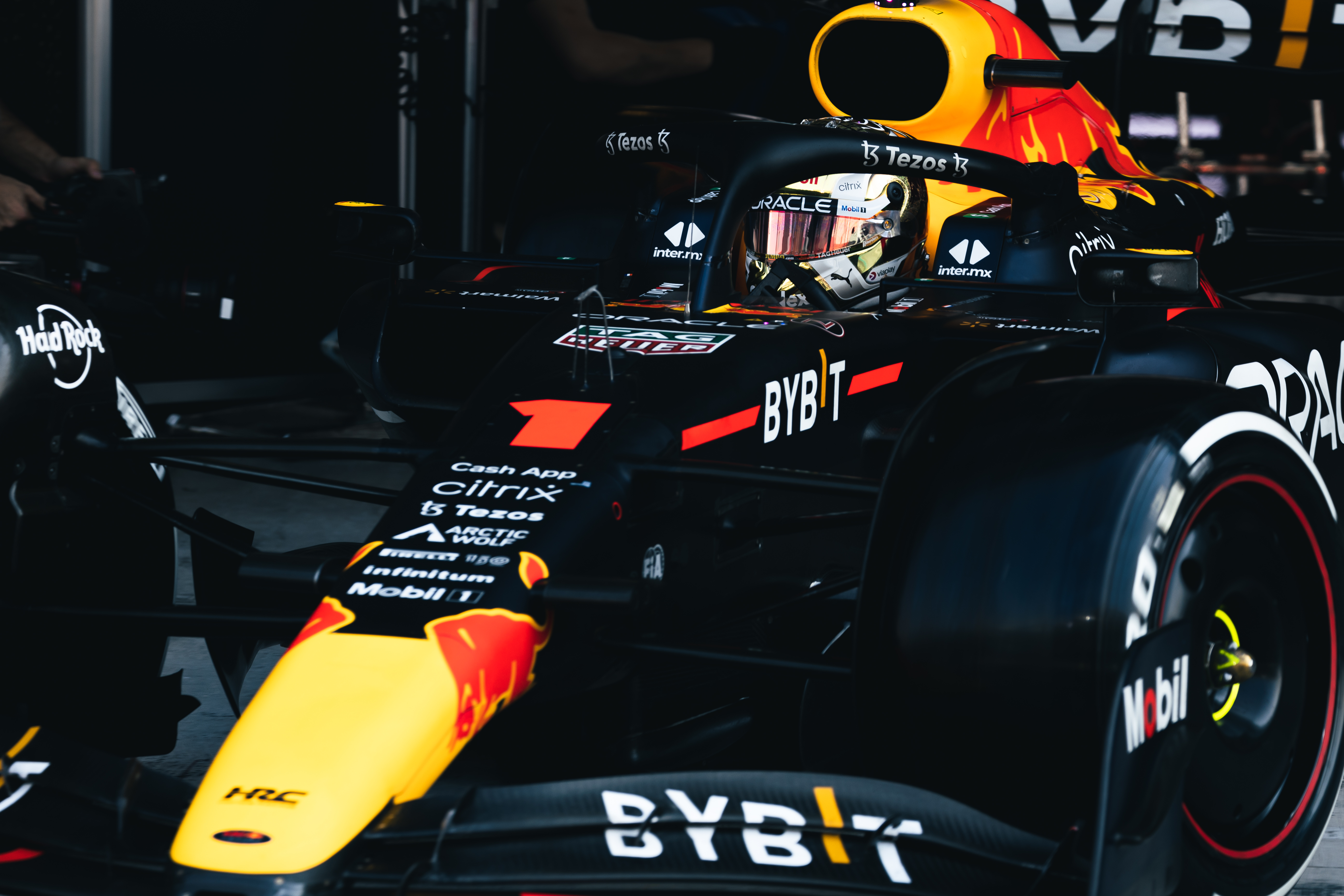
Perez, with a much more conventional geometrical line with later turn-ins and more steering lock, using the front grip to lean on for his feel of the car, liked the generally benign understeer and could drive it well like that.
Christian Horner later said that Alex Albon, in his role of third driver in 2021, had done much of the initial simulator work on RB18 and that this probably contributed towards its initial traits and that Albon would almost certainly have been very quick in it.
But for Verstappen’s tastes and driving style, it was too inert.
The car began the season around 20kg overweight (which would cost around 0.6s in laptime, even disregarding balance issues).
As it went onto its weight-saving programme, so the engineering team had more scope to give Verstappen what he sought. Weight will trigger a faster response from a tyre as it is steered but will also overwhelm it sooner as the lateral loads increase more.
If weight can be taken off the front axle it will take the tyre fractionally longer to load up but it will then have a higher cornering limit.
If you have a driver who prefers to rotate the car around the outer front tyre gradually through weight transfer (ie, like Verstappen, turning in early, using less steering lock to achieve the rotation), the slightly slower initial response is irrelevant and the rotation is all coming from the rear.
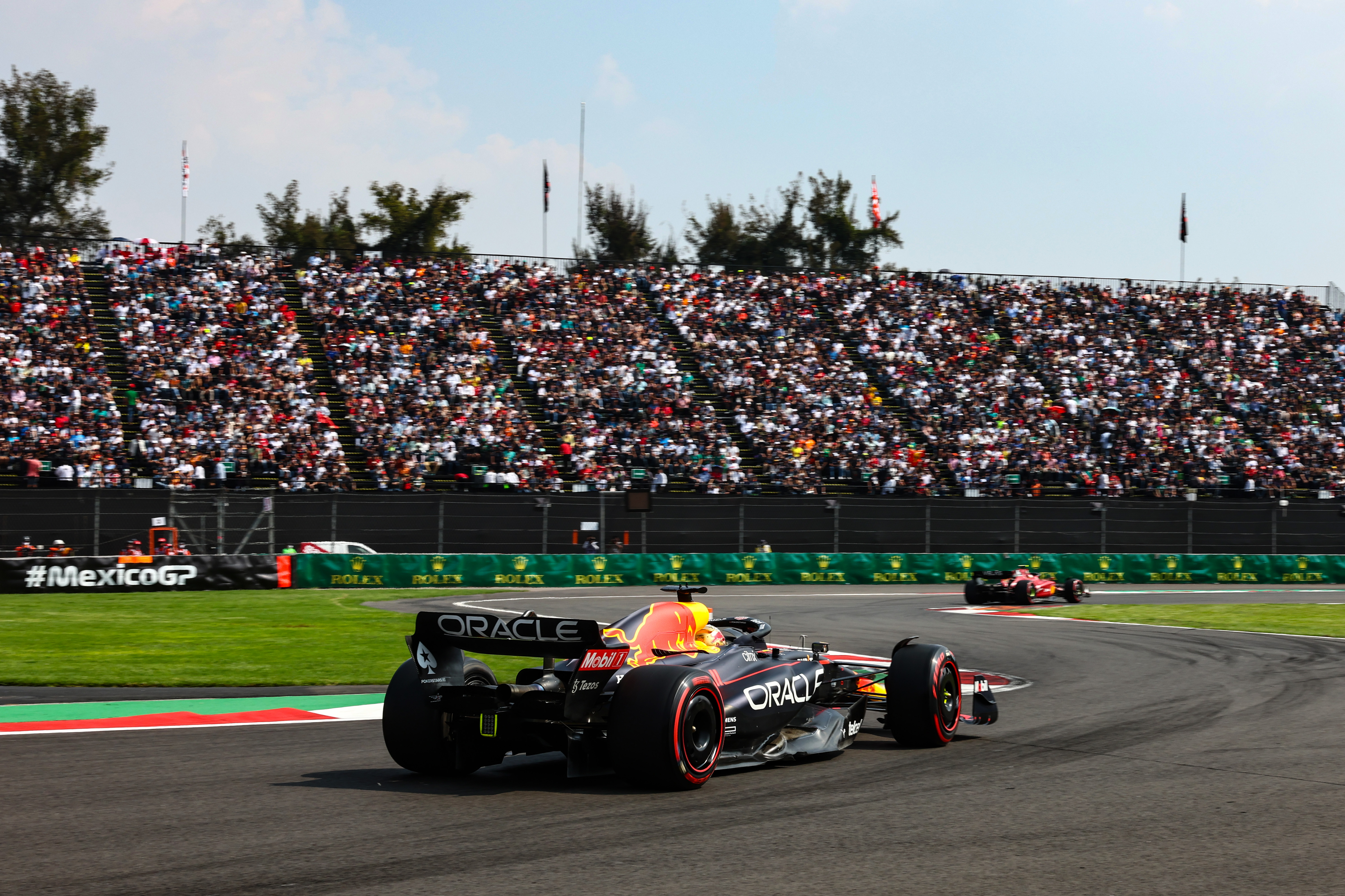
With less weight upon the front, the tyre becomes more tolerant of combined braking and lateral. In faster corners, requiring no braking, it may feel a little nervous at the rear, which the inherent feel of a great driver can live with more readily than a merely good driver.
The Perez-style driver turning in later and with more steering lock who wasn’t previously troubled by locking fronts (as he wasn’t trying to combine so much cornering with braking) will now find that the front takes longer to load up, giving him the feeling of understeer but then followed by the tyre gripping up more and in so doing even inducing rear breakaway.
He will also not enjoy its more nervy feel in high-speed corners.
As the weight came more off the front than the rear, so the RB18 became more Verstappen-friendly and moved it away from Perez.
It wasn’t only weight and weight distribution, though. But the weight-saving opened up the aero set-up.
“Yes, if you move the weight rearwards on the car you reduce the understeer so you can compensate by changing your aero balance demand to get better high-speed balance without hurting the low speed,” adds Monaghan.
“We were reducing weight on the car and there was an initial target to find it from the front. But then it became front and rear because if you make a car lighter for a given situation you’ll be faster.
“It wasn’t as if we were only working on the front axle. The regulation range in weight distribution is only 1% – and a few kilograms off here or there isn’t even going to shift it the full 1%.
“Incrementally, it shifted rearwards a bit. They’re very sensitive, these cars, and the decimal places will have an effect on the balance but it wasn’t our sole tool for dealing with front end.”
The aero upgrade in France further opened the set-up window and allowed Verstappen to continue in his favoured direction.
From this point, he became unstoppable.
Not only was the car inherently quicker, but its traits allowed Verstappen a higher ceiling of personal performance. It was a beautiful virtuous circle and to see it in action at Spa where he’d make just a single input into very fast corners, with the car as close-to-neutral as it was possible to be, was to see a great driver walking the tightrope and making it look easy.
Upon seeing the time losses to Verstappen in corner entries, Perez’s engineer suggested that the only way to claw that back was to add front wing.
Doubtless thinking that even with the front wing he had, the car felt way too nervous in the fast corners, Perez replied: “I cannot carry any more front wing.”
Verstappen meanwhile was saying that his car felt “on rails”.
From a penalised 14th on the grid, he was leading and pulling away one-third into the race. His fastest lap with 30kg of fuel still on board and with medium compound tyres suggested his real lap time advantage there was in the order of 1.5s.
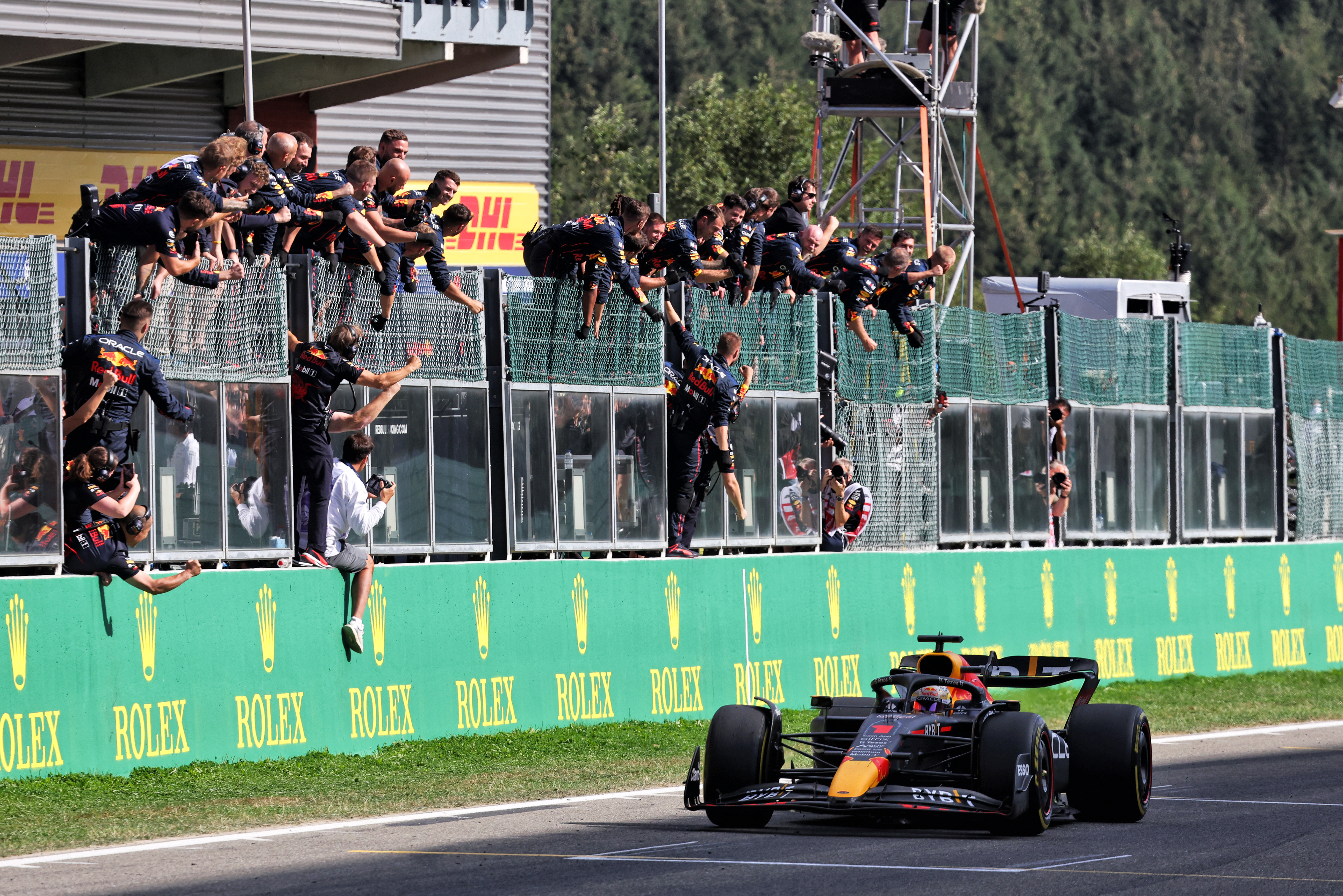
It was an extraordinary combined performance of driver and car, the advantage amplified in this case by how the low-downforce demands exposed the Ferrari’s big downforce losses when wing levels were trimmed right back.
The prelude to this performance had been seen just before the summer break in Hungary where Verstappen won comfortably from 10th on the grid after a power unit glitch in Q3.
With the car and driver so in tune they became essentially unbeatable – but not quite.
A rare team misjudgement in qualifying on a drying track in Singapore left him speechless with rage and Verstappen left the track without debriefing (but paved the way for Perez to save the day, with his second victory of the year, as ever very quick when there are walls to be shaved).
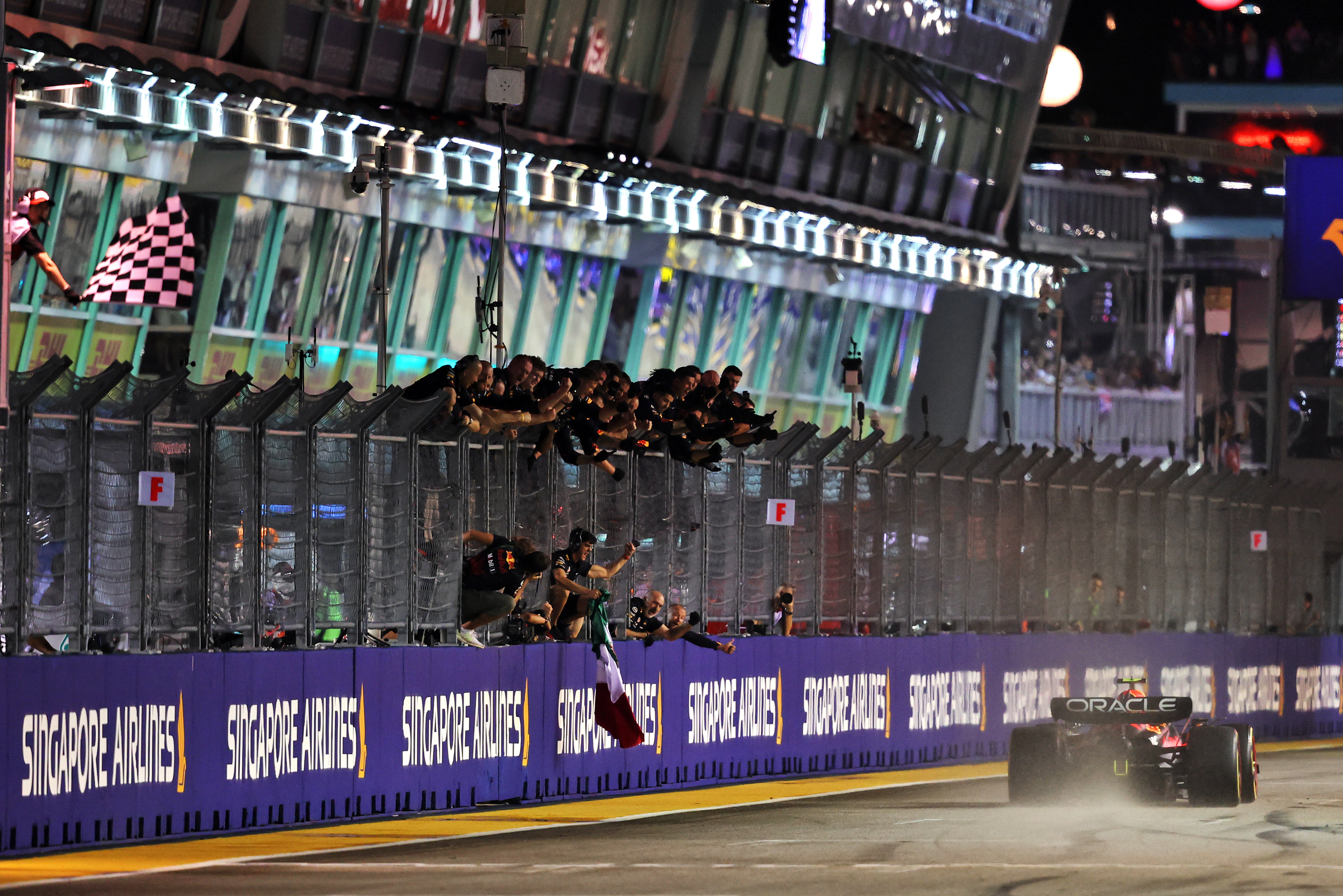
An Austria-like wrong direction in set-up in Brazil (again after the Sprint format prevented fine-tuning into FP2) left him well-beaten there.
But the victorious Abu Dhabi finale sign-off indicated that all was fundamentally well.
It left the question of whether we are seeing the beginning of Red Bull/Verstappen domination or just a blip caused by the new regulations which unbalanced Mercedes.
Either way, it was a high water mark even for a team which had already won four world titles.


